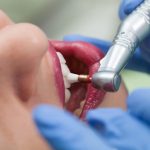Post Wisdom Teeth Removal: When is it Safe to Resume Weightlifting?
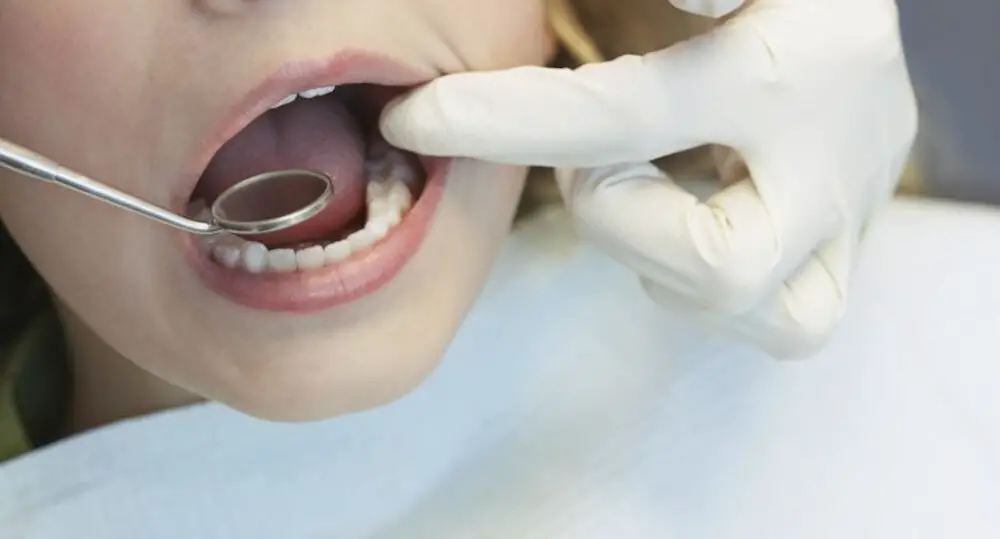
Wisdom teeth removal is a common dental procedure that many people undergo. It involves the extraction of one or more wisdom teeth, which are the last set of molars that usually emerge in a person’s late teens or early twenties. While the procedure itself is straightforward, the recovery process can be a bit more complicated, and patients are often advised to take certain precautions to avoid complications. One of the most common questions that people have after wisdom teeth removal is when they can resume their regular workout routines, particularly weightlifting. Weightlifting is a popular form of exercise that can help build muscle, improve cardiovascular health, and promote overall well-being. However, after wisdom teeth removal, it’s essential to be cautious when resuming any physical activity, including weightlifting. This is because the extraction site can be sensitive and vulnerable to infection, and any excessive physical strain could potentially lead to complications. In this article, we’ll take a closer look at the recovery process after wisdom teeth removal, discuss the potential risks of weightlifting too soon, and provide some guidelines on when it’s safe to resume your regular workout routine.
Wisdom teeth removal is a common procedure for many young adults. These teeth often cause pain, discomfort, and overcrowding in the mouth, leading to their extraction. After the surgery, patients are advised to take rest and avoid any strenuous activities, including weightlifting. This is because the pressure and strain caused by weightlifting can lead to bleeding, swelling, and even dry socket, a painful condition that occurs when the blood clot at the site of the extraction is dislodged. It is recommended to wait at least a week or two before resuming weightlifting to ensure proper healing and minimize the risk of complications. It’s important to follow your dentist’s instructions and gradually ease back into your workout routine, starting with lighter weights and avoiding any exercises that may cause strain on the jaw muscles.
Proper healing after surgery is essential to ensure that the body fully recovers from the trauma of the procedure. After wisdom teeth removal, it is important to follow the post-operative instructions provided by the dentist or oral surgeon to avoid complications and promote faster healing. Resuming weightlifting too soon after the surgery can cause prolonged bleeding, swelling, and pain, which can delay the healing process. Adequate rest, proper nutrition, and gentle exercise can help the body heal and recover faster. It is crucial to listen to your body and avoid any strenuous activities until the dentist or oral surgeon approves you to resume them. Taking care of yourself during the healing process can help you return to your normal activities sooner and avoid any potential complications.
Understanding the Healing Process
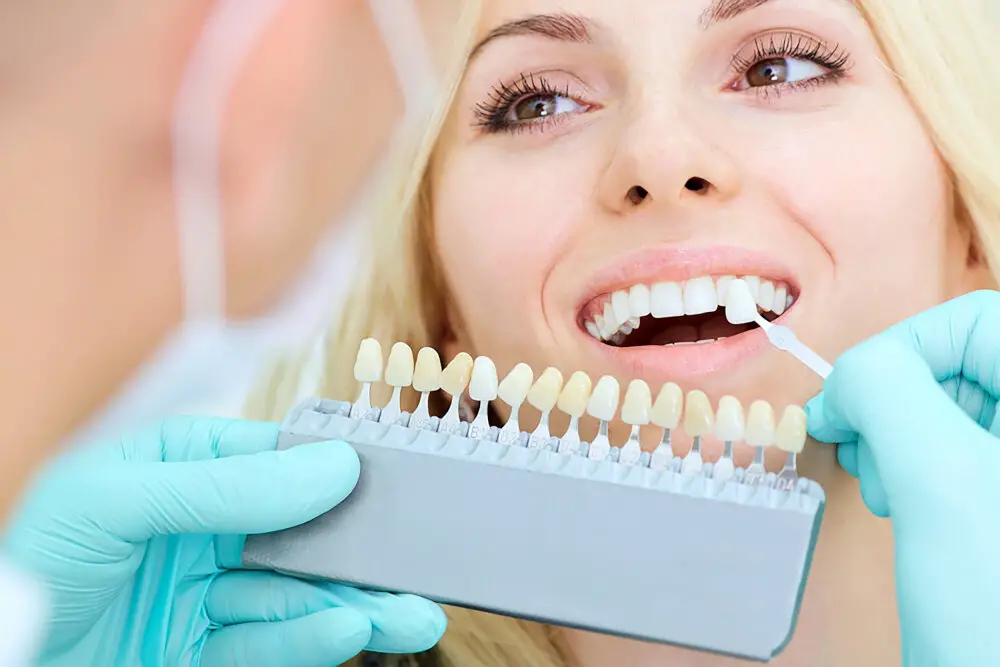
Post wisdom teeth removal, the healing process is a crucial phase that requires proper attention and care. Understanding this process is essential to ensure that the recovery period runs smoothly, and any complications are prevented. The healing process involves the body’s natural response to injury or trauma, and it is a complex process that can take up to several weeks. During this time, the body works to repair the damaged tissues, reduce inflammation, and prevent infection. One of the crucial factors in the healing process is the formation of a blood clot. After the wisdom teeth extraction, a blood clot forms in the socket to protect the exposed bone and nerve endings. This clot is essential for healing, and its disruption can lead to complications such as dry socket. It is important to avoid activities that may disrupt the clot, such as smoking, drinking from a straw, or spitting. Additionally, maintaining good oral hygiene, taking prescribed medications, and following the dentist’s aftercare instructions can help promote healing and prevent complications. Understanding the healing process can help patients take the necessary steps to ensure a smooth and successful recovery. In conclusion, the healing process after wisdom teeth extraction is a crucial phase that requires proper attention and care. It involves the body’s natural response to injury or trauma, and it can take up to several weeks. The formation of a blood clot is essential during the healing process, and its disruption can lead to complications such as dry socket. By understanding the healing process, patients can take the necessary steps to ensure a smooth and successful recovery. Following the dentist’s aftercare instructions, maintaining good oral hygiene, and avoiding activities that may disrupt the blood clot can help promote healing and prevent complications.
The post-surgery healing process following wisdom teeth removal can be a sensitive and gradual journey. Immediately after the procedure, patients may experience swelling and bleeding, which typically subsides within 48 hours. The following days involve a gradual decrease in discomfort and a focus on maintaining oral hygiene to prevent infection. As the surgical site heals, patients may experience mild discomfort or soreness for up to a week or two. It is crucial to follow the dentist’s instructions and avoid certain activities such as intense physical exercise, including weightlifting. Gradually, patients can resume their normal activities as their healing progress and the site fully recovers.
Several factors can influence the healing time after wisdom teeth removal surgery, and it varies from person to person. The severity of the extraction, the patient’s age and overall health, and their adherence to postoperative care instructions can all play a role in how quickly the body heals. Smoking and other unhealthy habits can also slow down the healing process. Additionally, engaging in physical activities, such as weightlifting, too soon after surgery can cause complications and prolong the healing time. The best approach is to consult with the oral surgeon and carefully follow their instructions to ensure a safe and speedy recovery.
Following postoperative care instructions is crucial for ensuring that the recovery process after wisdom teeth removal is as smooth and painless as possible. Neglecting to follow these instructions could lead to complications such as infection or dry socket, which can be extremely painful and require additional treatment. Patients who have undergone wisdom teeth removal often experience swelling, bleeding, and discomfort in the days following the procedure, and it is important to take steps to manage these symptoms and reduce the risk of complications. Postoperative care instructions typically include guidelines for diet, medication, and activity level, and it is essential that patients adhere to these instructions in order to promote healing and minimize discomfort. In the case of weightlifting, resuming this activity too soon after surgery could put undue stress on the healing tissues and lead to complications, making it important to wait until it is safe to do so. Overall, following postoperative care instructions is a key component of a successful recovery from wisdom teeth removal and can help patients get back to their normal activities as quickly and safely as possible.
Risks of Resuming Weightlifting Too Soon
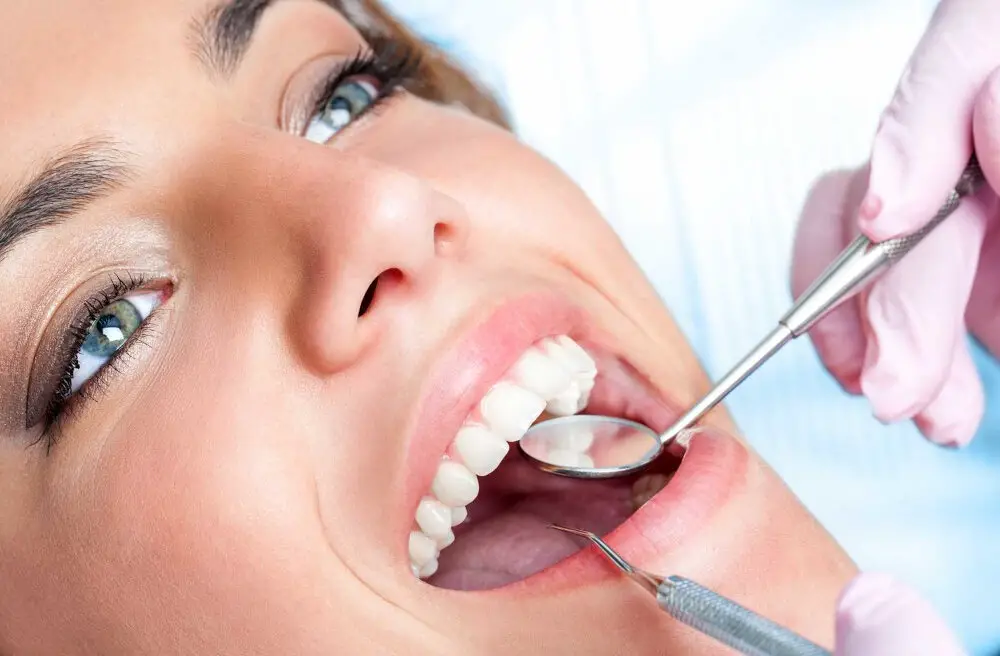
Weightlifting is a popular exercise that helps people increase their muscle strength and endurance. However, after wisdom teeth removal surgery, resuming weightlifting too soon can pose significant risks to one’s health. It is essential to give the body enough time to recover before returning to weightlifting to avoid complications. One of the primary risks of resuming weightlifting too soon after wisdom teeth removal surgery is bleeding. When lifting weights, the blood pressure in the body increases, which can cause bleeding at the extraction site. This can lead to a prolonged healing time and even infection if not treated promptly. Additionally, lifting weights too soon after surgery can cause damage to the surgical site, leading to inflammation and pain. It is crucial to wait for the recommended recovery time before resuming weightlifting to allow the body to heal and prevent any complications.
Engaging in physical activity too soon after surgery can lead to potential complications and hinder the healing process. Post-surgery, the body is in a critical recovery phase, and undue stress on the affected area can aggravate the wound, leading to inflammation, pain, and bleeding. The increased blood flow and heart rate associated with exercise can also cause the wound to open up, delaying the healing process, and increasing the risk of infection. Therefore, it is essential to take adequate rest and allow the body to recover fully before resuming any strenuous activity, including weightlifting. This will ensure a smooth and speedy recovery and minimize the risk of any potential complications.
After Wisdom Teeth Extraction, blood clots form in the sockets to stop bleeding and promote healing. Dislodging these clots, also known as dry socket, poses a significant risk. Dry socket, primarily caused by suction or pressure in the mouth, can lead to severe pain and delay the healing process. Weightlifting or any strenuous exercise that involves sudden movements, heavy lifting, or straining, can increase blood pressure, making it more likely to dislodge the blood clots. The risk of dry socket is highest within the first 48-72 hours after the extraction. Therefore, it is crucial to avoid any physical activity that may cause pressure in the mouth during this time.
The impact on healing time after a wisdom teeth removal surgery can vary greatly depending on various factors such as age, overall health, and the extent of the surgery. Weightlifting or any strenuous physical activity can increase blood pressure, which can lead to bleeding and swelling in the surgical area. This, in turn, can prolong the healing process and increase the risk of complications. It is essential to follow the postoperative instructions carefully, including avoiding physical activity for the recommended period. Resuming weightlifting before it is safe to do so can cause harm to the surgical site, delay the healing process, and increase the risk of infection. It is essential to consult with the dentist or surgeon to determine when it is safe to resume weightlifting and other physical activities.
Signs You’re Ready to Resume Weightlifting

After undergoing wisdom teeth removal surgery, it is essential to give yourself enough time to recover before resuming any physical activities, especially weightlifting. The recovery time varies from person to person, but typically it takes about a week to ten days to heal completely. However, there are a few signs you can look for to determine whether you are ready to start lifting weights again. Firstly, if you no longer experience any pain or discomfort in your mouth or the extraction sites, then it might be safe to resume weightlifting. Secondly, if your energy levels have returned to normal, and you feel well-rested after a full night’s sleep, it is a good sign that your body is ready to start lifting weights again. It is important to remember that resuming weightlifting too soon can cause complications and delay the healing process after wisdom teeth removal surgery. Therefore, it is crucial to listen to your body and only resume weightlifting when you feel physically and mentally ready. If you experience any pain or discomfort during your workout, it is best to stop immediately and consult your dentist or physician. By taking your time and following the necessary precautions, you can safely resume weightlifting and continue to maintain a healthy and active lifestyle.
When it comes to post wisdom teeth removal, it is essential to give your body enough time to heal before resuming your regular activities. One of the physical signs that your body is healing correctly is a reduction in swelling and pain in the affected area. You should also notice that any bleeding has stopped, and the wound is beginning to close. Additionally, you may notice that your appetite is returning, and you have more energy than before. However, it is crucial to remember that healing is a gradual process, and you should always consult with your dentist or doctor before resuming any strenuous activities such as weightlifting to ensure that your body is fully healed and ready for the physical exertion.
After wisdom teeth removal, it’s crucial to give your body sufficient time to recover before resuming exercise. Generally, it’s recommended to wait for at least a week before engaging in any physical activity to avoid any complications that may arise due to the increased blood flow to the affected area. However, the timing may vary depending on the individual’s condition and the extent of the surgery. It’s essential to consult with your dental professional before resuming any exercise routine to ensure that your body is ready to handle the physical strain. Additionally, it’s crucial to start with low-intensity exercises and gradually increase the intensity and duration as your body adjusts to the increased activity.
Before resuming weightlifting after wisdom teeth removal, it is crucial to consult with your dentist or surgeon. This is important because the extraction of wisdom teeth is a surgical procedure that can potentially affect your ability to exercise. Your dentist or surgeon can advise you on how to resume your exercise regimen without causing any harm to your healing process. They can recommend the appropriate time to resume weightlifting and suggest any modifications to your routine to avoid any complications. By taking the time to consult with your healthcare professional, you can ensure that you are safely resuming your exercise routine and promoting optimal healing after your wisdom teeth removal surgery.
Tips for Safe Weightlifting After Wisdom Teeth Removal
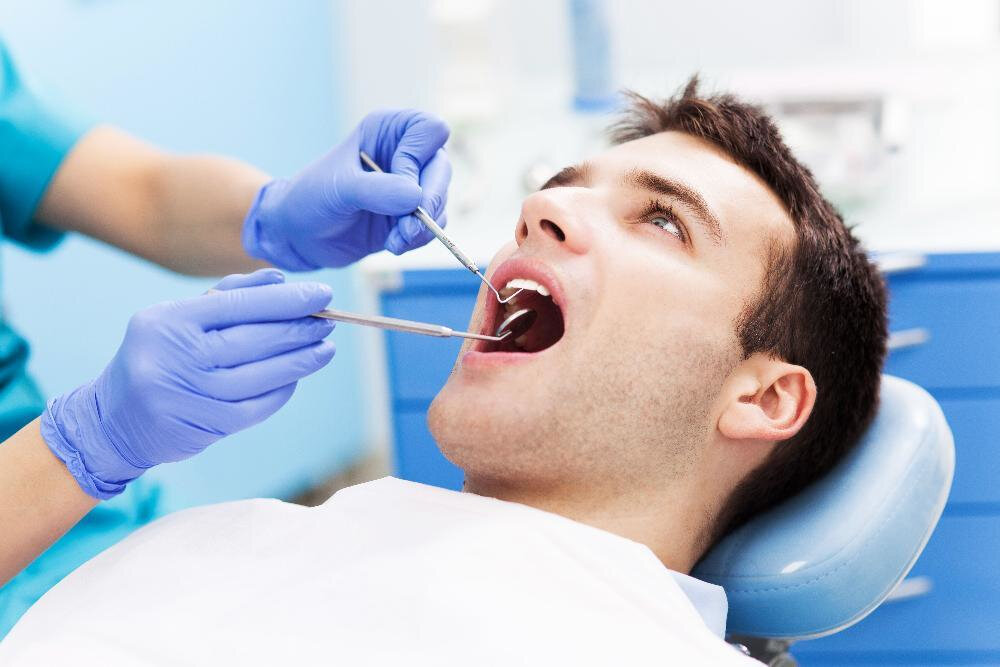
Weightlifting is a popular form of exercise and a great way to improve strength and overall health. However, after wisdom teeth removal, it is crucial to take precautions to avoid complications and ensure safe weightlifting. The first tip is to wait at least three to four days after wisdom teeth removal before resuming any exercise routine. This period allows the body to heal and reduce the risk of bleeding and swelling. Also, avoid heavy lifting and intense workouts that can increase blood pressure, which can cause bleeding and slow down the healing process. Another essential tip for safe weightlifting after wisdom teeth removal is to start with light weights and gradually increase the intensity and duration of the workout. Begin with bodyweight exercises, such as push-ups, squats, and lunges, to gauge how your body responds to the workout. If there are no complications, gradually incorporate weights and resistance bands in your routine. Ensure that you maintain proper form and technique to avoid straining your jaw muscles and causing discomfort. Finally, consult your dentist or surgeon before resuming your workout routine, especially if you experience pain or swelling after the surgery.
After wisdom teeth removal surgery, it’s important to modify your workout routine to avoid any potential complications. Intense physical activity can increase blood flow to the surgical area, leading to bleeding and delayed healing. It’s recommended to avoid weightlifting for at least a week after the surgery and then gradually resume with lighter weights and fewer reps. Cardio exercises that don’t involve the mouth, such as cycling or walking, can be a good alternative during the recovery period. It’s crucial to listen to your body and avoid any exercise that causes discomfort or pain. By following these modifications, you can safely resume weightlifting and prevent any setbacks in your recovery.
Starting slowly and gradually increasing intensity is crucial for safely resuming weightlifting after wisdom teeth removal. The removal of wisdom teeth can cause pain, swelling, and limited mobility, which can make weightlifting and other physical activities challenging. Rushing back into weightlifting too quickly can cause further damage and delay the healing process. By starting slowly and gradually increasing intensity, individuals can give their body time to adjust and recover while minimizing the risk of complications such as bleeding or infection. Additionally, starting with lower weights and building up gradually can help prevent muscle strain and injury. It is important to listen to your body and not push too hard too soon to ensure a safe and successful recovery.
After wisdom teeth removal, it’s important to take precautions to prevent complications. One of the most important tips is to avoid any strenuous physical activity, including weightlifting, for at least a week after the procedure. During this time, it’s also important to avoid smoking, using straws, or eating hard or crunchy foods that could potentially dislodge the blood clot and delay healing. Additionally, it’s crucial to follow the post-operative instructions provided by the oral surgeon, including taking any prescribed medications and keeping the surgical site clean to prevent infection. By following these tips, patients can help ensure a smooth and successful recovery from wisdom teeth removal.
In the article titled \Post Wisdom Teeth Removal When is it Safe to Resume Weightlifting\ several key points were discussed. Firstly, it is essential to allow the body to rest and recover after wisdom teeth removal surgery, which can take up to a week or more. Secondly, resuming weightlifting too soon can increase the risk of dry sockets and delay healing time. It is recommended to wait at least a week after surgery to resume weightlifting and start with light exercises. Finally, it is crucial to listen to your body and avoid any exercises that cause pain, discomfort or bleeding. Overall, it is important to take it slow and gradually increase intensity to ensure a safe and successful recovery after wisdom teeth removal surgery.
Prioritizing healing over exercise is crucial after wisdom teeth removal surgery. While exercise is essential for maintaining a healthy body, it is important to allow the body to heal before engaging in any physical activity. The extraction of wisdom teeth is a surgical procedure that involves cutting into the gums and removing the teeth. This process can cause swelling, pain, and discomfort, which can last for several days or even weeks. Engaging in strenuous exercise too soon after surgery can cause further damage to the gums and teeth, delay the healing process, and increase the risk of infection. It is important to listen to your body and prioritize rest and healing to ensure a speedy and successful recovery.
It is highly recommended to seek professional advice before resuming weightlifting after wisdom teeth removal. This is because the surgery can cause inflammation, pain, and discomfort in the affected area, which can affect your ability to work out effectively. Furthermore, the type and intensity of your exercise routine may need to be adjusted to avoid putting unnecessary strain on the healing area. A professional can evaluate your individual situation and provide personalized guidance on when it is safe to resume weightlifting and what modifications may be necessary to ensure a safe and successful recovery. Don’t take any risks with your health, seek professional advice before hitting the gym.
Conclusion

In conclusion, resuming weightlifting post wisdom teeth removal requires careful consideration and consultation with your dentist or oral surgeon. While it is important to maintain a healthy lifestyle and fitness routine, jumping back into intense physical activity too soon can lead to complications such as dry socket or delayed healing. It is recommended to wait at least a week, or until cleared by your dental professional, before gradually easing back into weightlifting with lower weight and intensity. Patience and caution in this matter can help ensure a successful recovery and prevent any setbacks in your fitness journey.





